Calen Knauf’s Case for Specialization

As consumers, we’ve been taught to value emotionality tied to an object. Not only does a backstory make an item feel more unique, but it makes the designer feel more personable in the eye of the beholder. When we actually think about it, this romantic notion of the “story” seems unreasonable: how can we donate deep, thoughtful explanations to every marketable product? The discipline of industrial design is definitely subject to this inquiry, considering its reach completely compromises our built environment. “It’s literally everything that makes the world go around, unless you’re literally naked sleeping in the Bush”, as industrial designer Calen Knauf puts it. Elaborating on this “weird expectation” for thought-provoking story behind each one of his pieces, he questions why today’s design scene doesn’t want to face the true facts of object creation.
Knauf grew up in Vancouver, has never moved, and absolutely loves being there. After studying Industrial Design at Emily Carr University of Art and Design, he won Best Student Lighting for his thesis project at Design Plus 2014 in Germany. He’s worked closely with friend Conrad Brown on a multitude of interior, graphic and furniture design projects, which has won several awards, including The Rising Star Award at the Stockholm Furniture Fair 2017. Knauf also works solo, and has collaborated with companies like Stüssy, Tetra, and SSENSE.
FRONTRUNNER chatted with Calen about being creatively influenced at a young age, West Coast culture, digitizing creative processes and more.
Tell me what led you to becoming a designer – did your upbringing influence your career trajectory?
I guess I’ve always had a strong interest in objects and physical things. With my dad being who he was – a curious and observant person – there was a lot of childhood learning. Here’s a good example: outside of a bar or a cafe or something, more so in Europe, because everybody smokes, there’d be a dirty line across the wall, close to the entrance or something. So, he’d be like, “How come that’s like that there?” – Obviously, he already understands it’s from people standing outside smoking and putting a foot against the wall. That’s evidence of human behaviour in the physical world. There were a lot of questions like that being posed as a kid, thinking about how people interact with things. My dad was a graphic designer and he worked from home, so there was always all this extra graphic arts stuff around. [The field] wasn’t very computerized, but that being said, he was an early adopter to home computers, because it did become a big component in design. He didn’t ride the transitional wave from analog to digital very well, and it got phased out pretty early on. I actually remember being a kid and asking my mom or whoever, just like, oh, why doesn’t dad do that anymore? The answer was always super simplified, like, oh, because computers do it now.
Anyways, there was never a point where I was like, yeah, I want to be like my dad through graphic design. It was just really infused into my life. In high school, we had a graphic design class, which was pretty cool. I started really getting into it, because we were screen printing, so I was making t-shirts and selling them to friends, and I actually got them in a store. It just kind of dawned on me, like what you’re doing is graphic design, the thing that your dad did. I did a one-year program for graphic design and a lot of freelance stuff for a while. I had a friend who I’d known for a very long time, and we shared a lot of interest in graphic design, skateboarding, really sort of niche inquiries – not a lot of people that I find myself around are actually willing to entertain a conversation like that. So out of school, we had a studio together for a long time.
How did you narrow in on industrial design, opposed to graphic design or another discipline?
I’ve found that graphic design became kind of like photography, like a lot more ubiquitous; more people were engaging in it and doing it. Now there’s just a bunch of untrained people pumping out garbage, and there’s also this acceptance of garbage. This just allows for a lowering of standards all over. Honestly, if I was a graphic designer right now, I’d be like, shedding tears daily, just because of Instagram and the internet. Also, graphic production is so fast that you can wear out trend cycles. That always kind of bothered me; it just made what I was doing feel really cheap, no shade on graphic design people. It wasn’t as fulfilling, I guess, so I moved towards the physical world, where there’s just a little more dedication and passion involved. There’s something special about having to make a prototype, or invest the money or time or whatever into it, and I really gravitated towards that. It was a more soulful act, I found personally. That’s how I’ve found myself here, there was no ever real ‘I don’t know what to do in life’. It kind of just organically came about. I think skateboarding also had a lot to do with it because you’re interacting with shapes and a sort of ‘street furniture’, I suppose.
Do you have any sources of inspiration that you constantly go back to? I know you were talking about skating amongst other things …
I do a lot, a lot, a lot, of things – I read a lot of sci-fi and do a lot of research looking into the world as a whole, the way human beings think, what they gravitate towards, or do what they do. I’ve thought a lot about creative inspiration. I feel like a lot of people are under the impression that your brain is this magic thing that has infinite limits. This ties a bit into my beef with the wearing out of trends, but I think the inspiration we have is very limited to the planet earth. It’s like a closet: if you have a closet with two t-shirts, three pairs of pants and one hat, there’s a finite number of outfits you can make with that combination. Inspiration and creativity in the world that we have in front of us is that closet full of stuff. We can exchange and rearrange those things so many times, but there is a finite amount of stuff we can come up with for sure. If you took fashion as an example, for your average person, they progress as far as creativity goes on a pretty slow basis. You know, the t-shirt is still a pretty popular normal piece of clothing, and it’s been around forever. There’s limits to how much people can accept at one time or altogether. The same goes for visual things, depending on how much stuff you’ve looked at or how long you’ve considered them. Maybe a lot of stuff doesn’t actually look that good to you, whereas a bunch of other people say these things look okay. It’s all about exposure.
As far as my personal inspirations go, I would say it’s a mixed bag of the occasional very direct inspiration, where I saw a thing and I remembered seeing it and wanting to make something shaped like it or function like it, or affect people the same way it affected me. Then there’s inspiration that I think is more interesting, more valuable. The more worthwhile kind is the stuff that you don’t even realize that you were inspired to do. You know, like maybe one little thing tips the wheel and gets it rolling. Those tend to not be so fruitful as stuff with a backstory – people are definitely more drawn to something where you can see the inspiration clearly. Whereas to me, I don’t think you should really see that inspiration as clearly, it’s not important. The purpose of most objects is not actually a weird artist’s story, but to be a thing for new avenues and interpret in your own way.
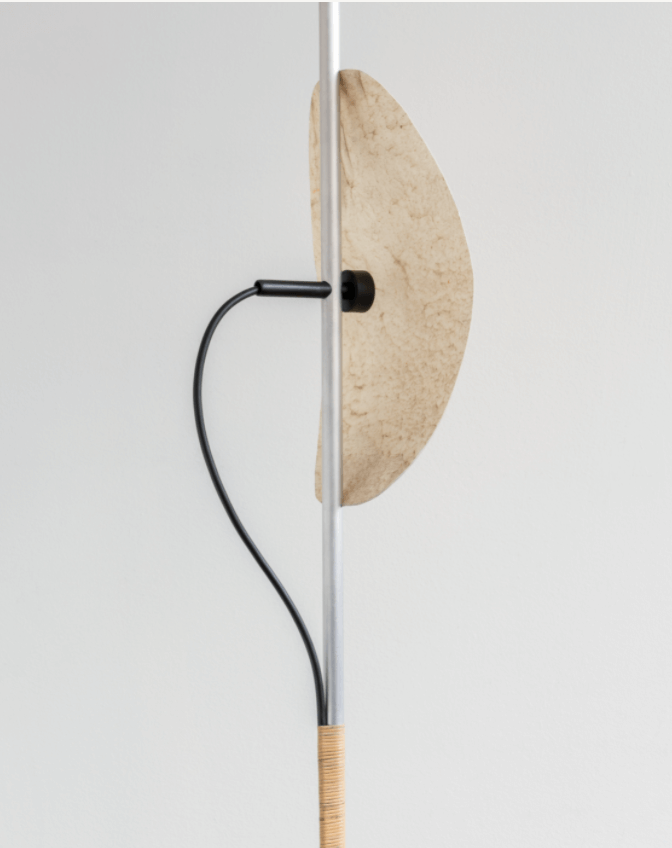
What’s an example of this kind of random-inspiration-fuelled process in your studio?
When I’m trying to sell the idea of a story to someone else, I make up shit because it is so unconnected, which again, I feel is more true to how any object should get formed. I don’t know if you can see this light in the background [gesturing to light in his studio] but that is its general form. A portion of it is inspired by a poorly installed speed sign on a highway where I drove past a shit ton and always wanted to make something out of it. It’s a metal sign which for some reason got squished, so it bows out on the pole. I always imagined light shining from the pole and reflecting backwards. However, [in the lamp] where does the rawhide come from, where the rattan wrap come from, and how are those at all connected to a highway sign? Trying to connect those things in a cohesive story is pretty impossible unless you make it sound a little non-academic – just being like, yeah, I took this and mixed it together. It sounds silly. But again, it’s really nobody’s business. I can tell you that the rattan came from maybe being in Chinatown all the time and seeing lots of bamboo shops, but this mapping of all the other components has no soulful element. It’s just like this clinical little flashlight, again, trying to tie that to a highway sign with the others – it’s not fun to write about, I guess, but that to me is where the best and most valuable inspiration comes from. It’s just your brain, literally putting together the pieces. Design journalism, I feel, is slowly morphing, because the customer likes to read about these types of things. There’s been so many projects where I’m like, I don’t have a story for that thing.
And generally, does your actual creative process for a lot of goods mirror this kind of collage-like inspiration?
It varies from one thing to the next. I actually just adjusted a project for a show in Toronto – this is some of the most “rolling the dice” experimentation that I’ve ever really done. I had a vision, to be honest; if you look at the detail of the trial piece, the vision’s [initially] clean, the ripples are very defined. Whereas this final one is not looking so much like ripples as much as it looks like layers of puddles, more organic for sure. Inspiration for that came from doing a tour at the Alice Stori Liechtenstein design residency in this insane castle countryside. There was a table covered in water, and a fly in the water was buzzing and making these defined fly-shaped ripples. That was in my head for a while, and I realized that I could replicate the fly ripples with epoxy [for the table].
I would say more often than not, I have a vision for something. Also, people work differently – I’m talking about more unsolicited projects, ones that I develop on my own. I would say that most of my work gets done in this little book. I find if I draw something more than once, and I think it’s good and worthy of taking further, that vision is really solidified because I’ve refined it so much over a long period of time. So I’ll end up using whatever material I know I’m experienced with that will achieve the shape or feel or whatever that drawing has in it.
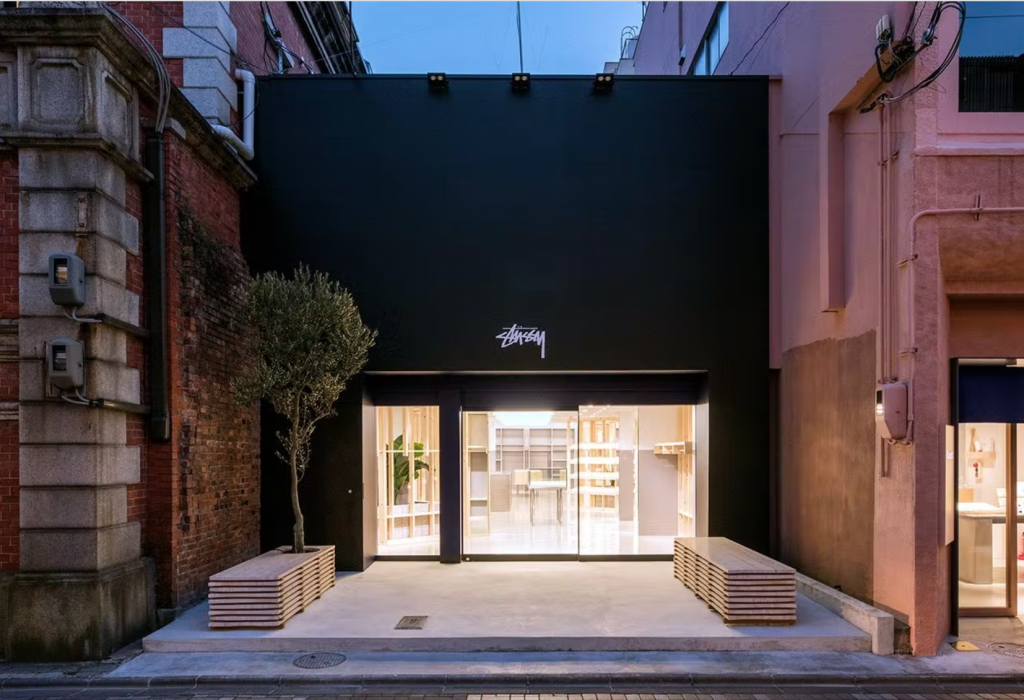
Kyoto (Japan)
Photo credit: Calen Knauf
So what are your attitudes towards mixing and experimenting with material, versus sticking to what you know?
I always really resented the fact that Emily Carr’s furniture design program was a wood furniture design program. That always seems very strange to me – you’re going to teach a bunch of kids how to make wood furniture, and wooden furniture only? I mean, it might’ve changed now, but that might’ve shaped me a bit. I’d like to be more of a traditional core designer, where the thing requires what it requires, and I’m not going to force some material on it. A lot of times you can tell that that person just really liked that material and wanted to make an item out of it. That being said, I do really like aluminium. Aluminium being the caveat.
What about your other non-furniture projects? I saw you do like incense holders, which I guess is industrial design too, but how do your projects like this change in terms of scale?
Speaking as a Canadian in Vancouver, participating in this occupation is a lot harder than if I was in, say, any large city in Europe. I do have some products that I personally sell and are producing to sell, but that’s not my ideal situation. I don’t really want to make or produce anything. That takes a different brain. I get really stressed trying to organize sales or keep track of what’s sold or where it’s going. Even in the production of it, the simplest things take multiple steps. It’s this huge process where I would rather just spend my time designing things as opposed to having the things made when there are people that specialize in making them.
The incense burner, so far, has been the nicest product for me to actually sell, because it gets made by this machine shop connected to an anodizing place. It’s like a one-stop thing where I can say, like, I need 140 of my incense burners and they’ll make them. I’d love it if they’d do [lesser quantities], but then that’d be like $300 each. I couldn’t get anybody to license that burner – I tried sending them to companies and got no traction, which is personally surprising to me, especially now seeing that people have been buying it faster than anything else that I’ve made. I took it on as a small thing because it was a nice, perfect package of being easy to do and appealing to people under a hundred dollars. As far as just pursuing a project of any size or scale, I just get ideas for things that I feel like the world is lacking in or doesn’t have, and I think it’s valuable to put it out there for people to enjoy, I suppose.

Epoxy, aluminium, found materials
Slanted Enchanted, Erin Stump Projects (Toronto)
Photo credit: Sean Davidson
I want us to talk about your Stüssy collaborations, because I feel like that’s big – How did your partnership with the brand come to be, and what was it like working on their commercial spaces in comparison to your own practice?
Stüssy is a really amazing company to work for. Back when I was just doing graphic design, Rob Abeyta, who used to be the art director for the t-shirt program there, reached out because I had done t-shirts for Adidas and various other things. I was reached out to, to do a pack of t-shirts for them, and then they reached out again. I’ve had a bit of a relationship with the actual American head office side of Stüssy just through that interaction. Some of my friends worked in the Vancouver store and I got to know this guy Fraser, who eventually became the Director of Stüssy. I would say the main creative direction is actually done out of Vancouver; the head office is still in Irvine, but the brand direction, marketing direction, and a lot of the design direction is done here.
We started maybe six or seven years ago – so crazy to say that, cause it didn’t feel like that long. I was working in a lighting shop and he called me, and I was hired to be a fashion designer. Me and three people in a basement took over the whole cut and sew program. We were picking all of the references, designing all the stuff, just the three of us at this super cool basement. I’m not trying to toot our own horns or anything, but the brand was not what it is now. I’m going to a hundred percent claim it was the Canadians that flipped it and turned it into what it is now. It just kinda grew from there; my role just sort of expanded over time because I was an industrial designer and there’d be industrial design needs. I was also a graphic designer. Now, I think it’s funny … I was never a fashion designer. I guess Fraser just respected my own personal style. It’s going to make me blush or be embarrassed to say, but yeah. A lot of Stüssy clothes are derivatives of stuff that I bought at Value Village. It would always be these vintage things that would get and retool or whatever.
It developed from there, and then I had the industrial design role get bigger with the need for the Dover Street Market spaces. There’d be a need for showrooms in various places around the world, plus more racks to replace things or fixtures in stores that were deteriorating before they were getting redone. I ended up doing a bunch of that. To be honest, Stüssy is what funds me, I would say they’re my biggest client. The working process with Stüssy is amazing. They actually gave me a lot of freedom. I would say that for most of the Dover Street Market spaces that I ended up doing there’s no direction, rather, there’s this: We need to fit this many pieces in the store. It’s probably the least corporate company I’ve ever seen. It’s as if you took your friends’ tiny business and made it physically large with lots of people in it. Everyone that I work with are friends there, all who I knew before working there. They trust you to do what you’re going to do. I have a huge appreciation for that.
If you could look into the future, what do you think is on the horizon for the production of design?
It’s a great question and it’s definitely something that I think about a ton. There’s positive directions and there’s negative ones, then there’s ones that, I’m like, is that negative? Maybe that’s just the trajectory of the world, or it’s just not a thing that you’re used to. 3D printing is doing some interesting things. I think no matter what, [design] is going to get cheap in the same way that graphic design and photography has. Anything that becomes easy for people to do unfortunately becomes crappier. I don’t really believe in making things easier for people to do. I’m not really a huge advocate of dabble culture, like trying half-heartedly a bunch of different things to make a project. It dilutes the communities that are already there, it wears out the resources that are better for the impassioned portion. We live in a culture where you can dabble. Companies have realized that, and now the world’s filled with cheap crap that people use for a tiny portion of time and then throw it in the trash. I think we’re going to see either more of that or hopefully more specialization.

Carbonated aluminium panel
Photo credit: Conrad Brown
I’ll give you what I’d love to see in the future: I would actually love to see a mix of digital and physical. Sci-fi books actually touch on [the concept of] a liquid that everybody has access to, and maybe you could pick from all these designs online, however things are organized in the future. You could be like, cool, that’s the chair, I want to download it. Let’s say that this chair requires 3 litres of the liquid, and you pour it into a tub –then zap! It’s the chair. It even changes color or maybe even synthesizes a wood texture. Then, let’s say you get tired of that chair. You realize that it was actually super uncomfortable. You melt it back down and turn it into something else. And we are no longer constantly pumping out more and more crap that has to go into landfills and things like that.

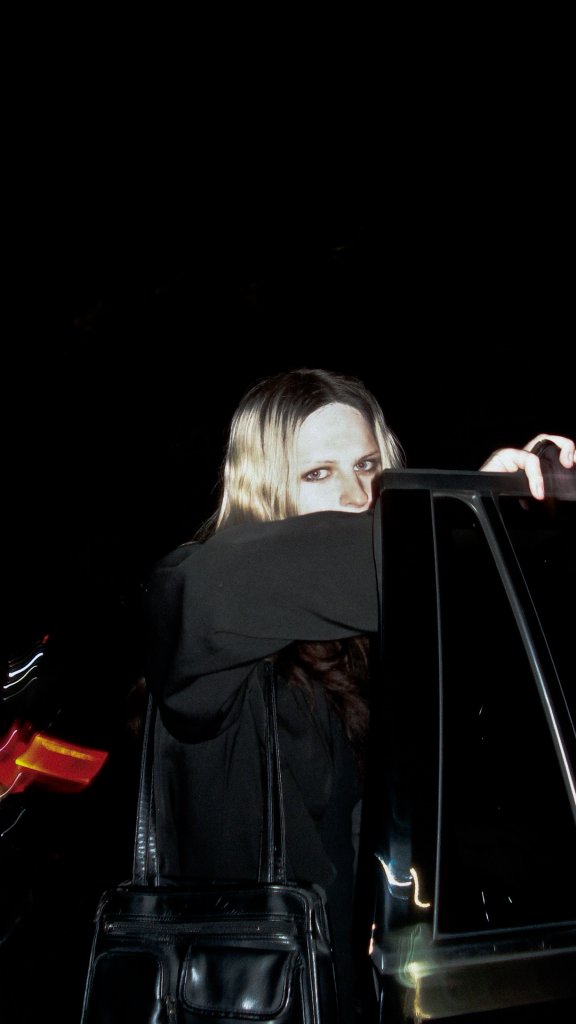
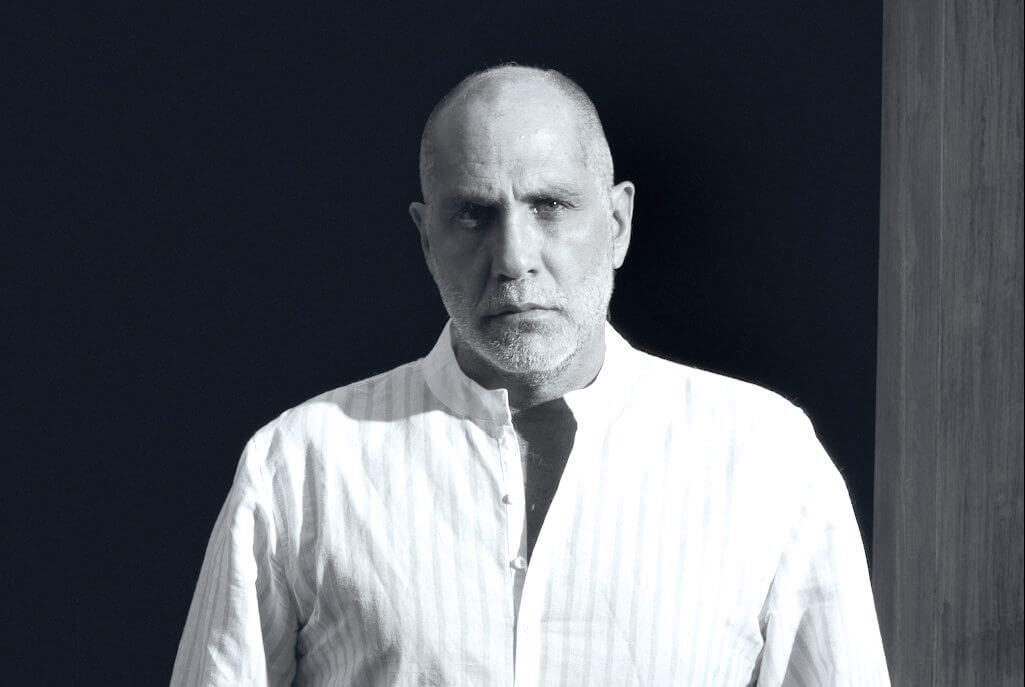
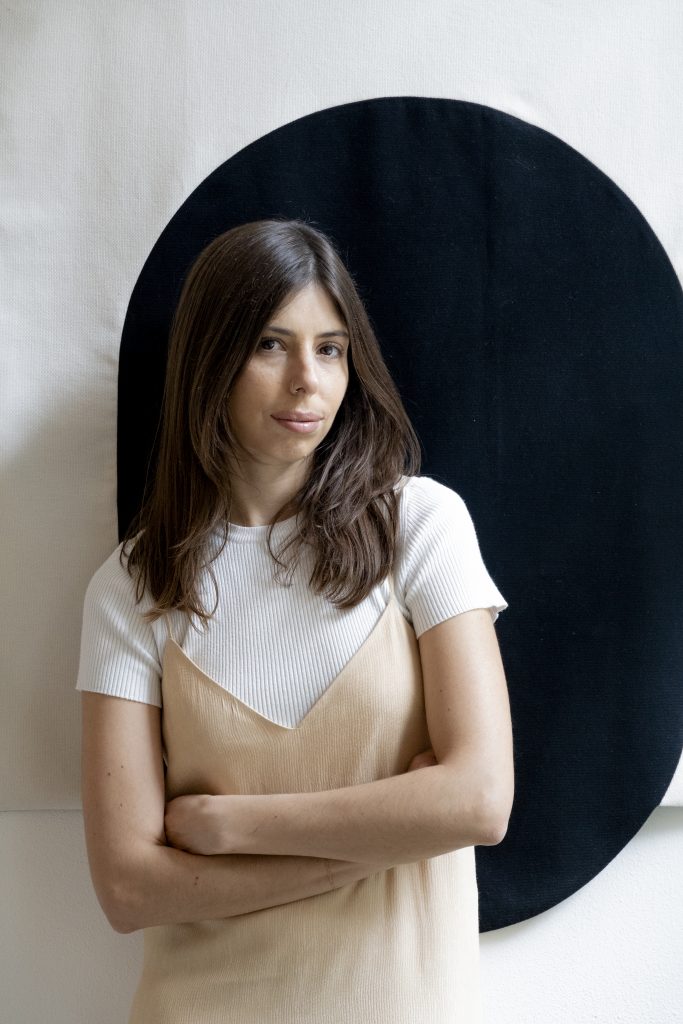
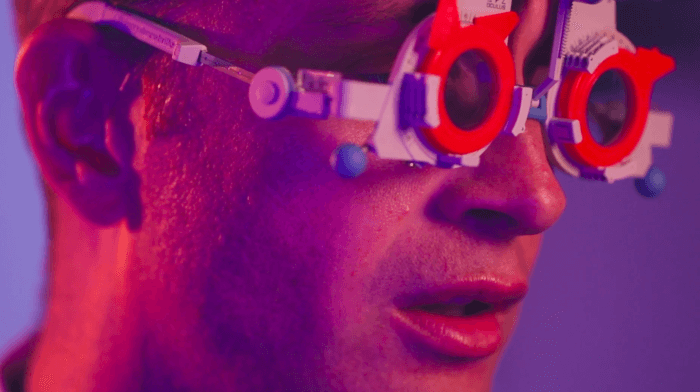
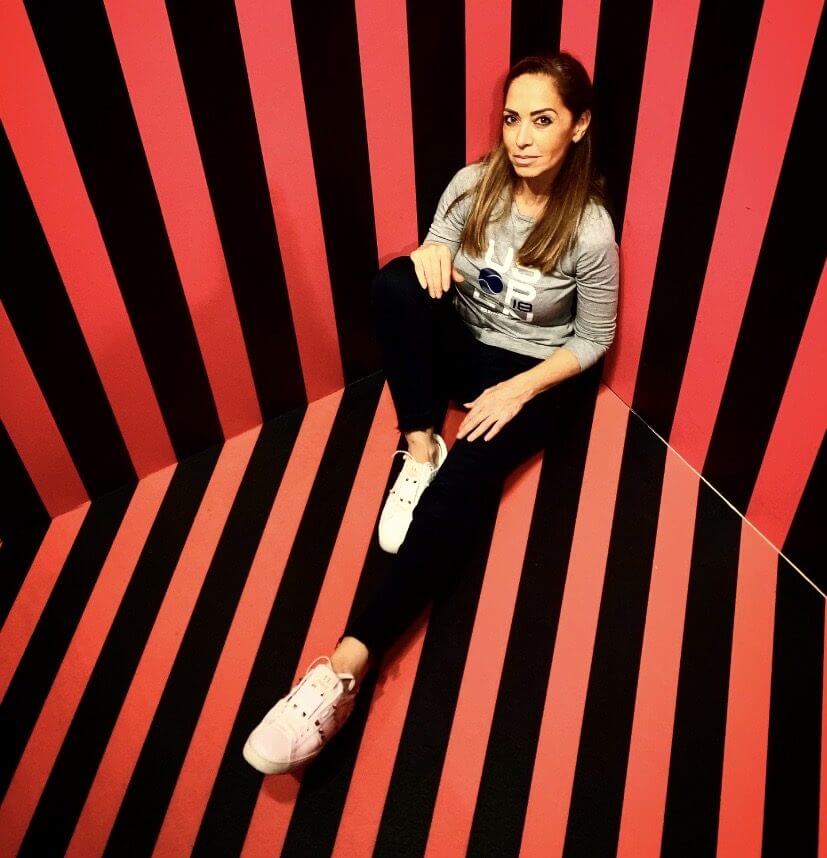

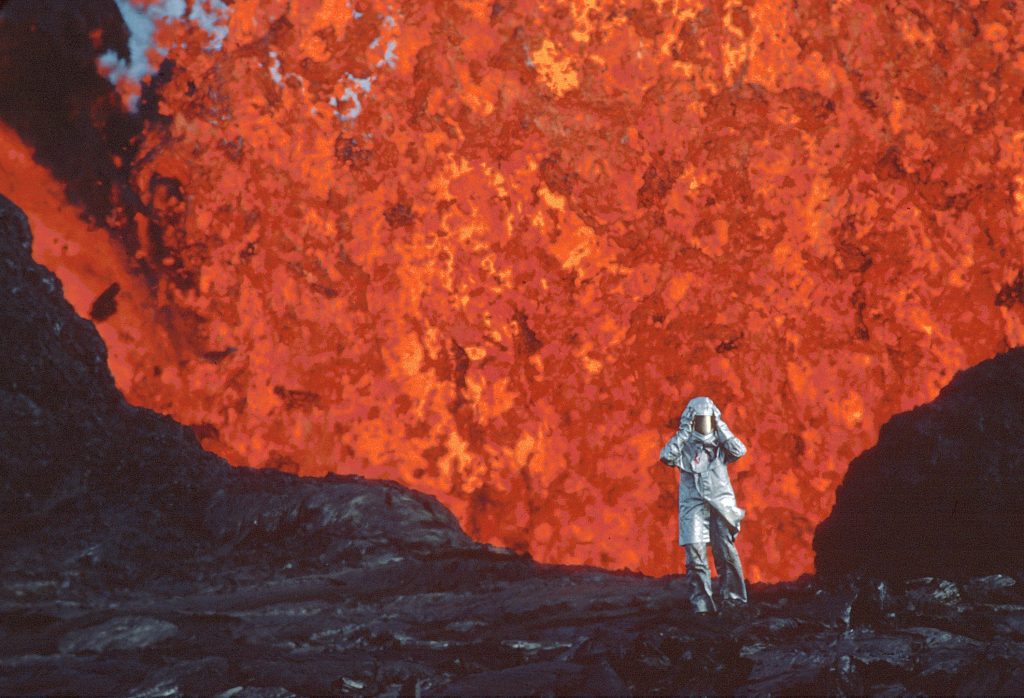

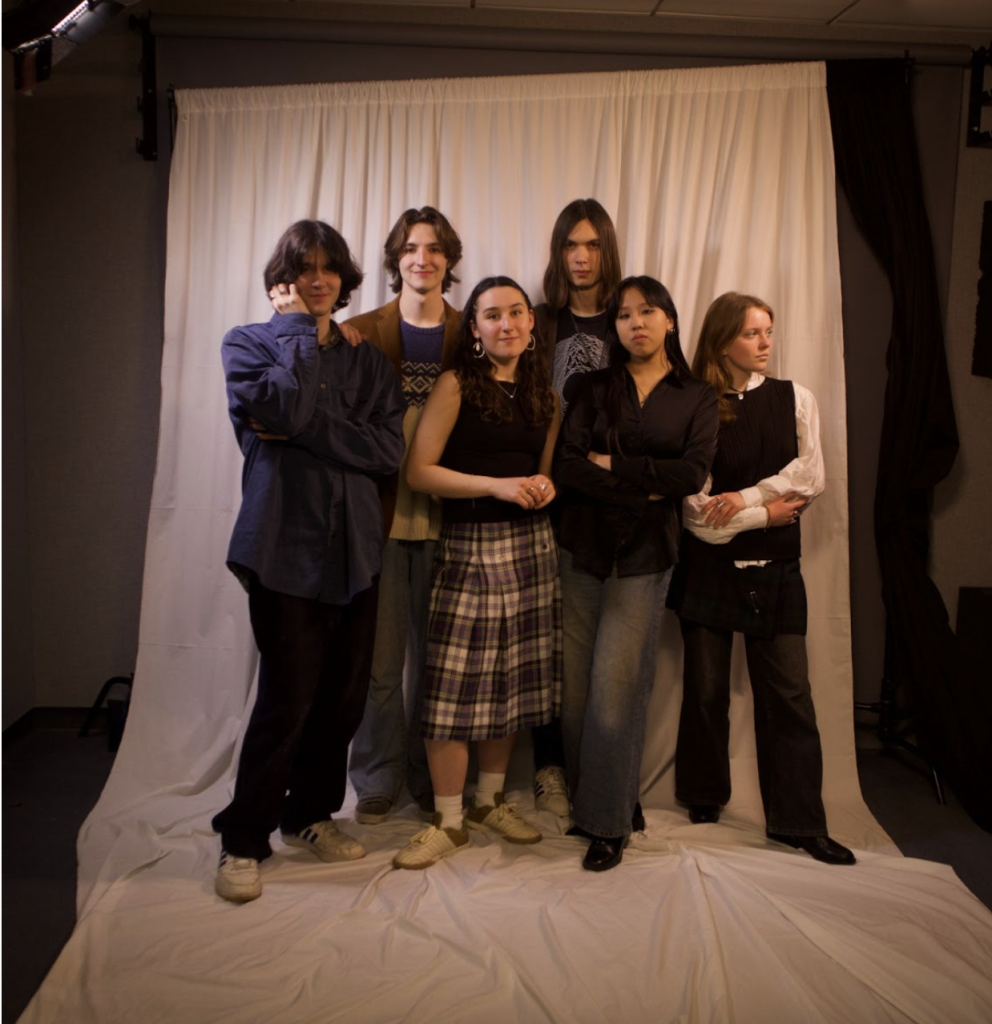
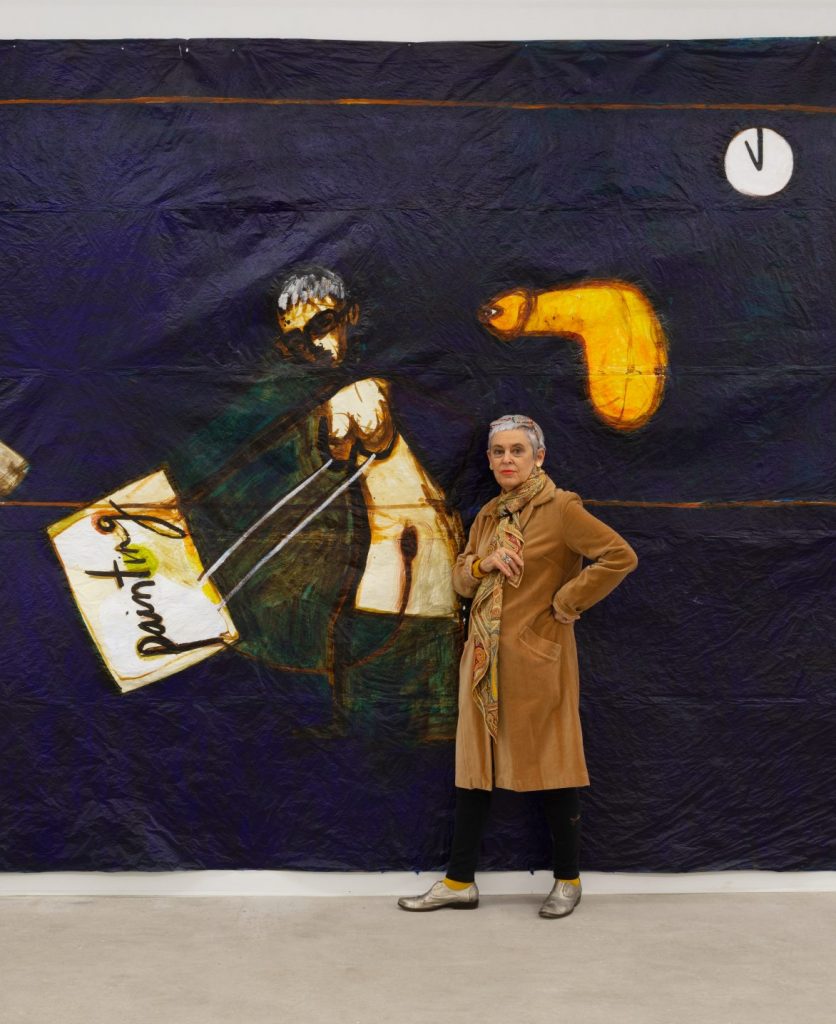
Responses